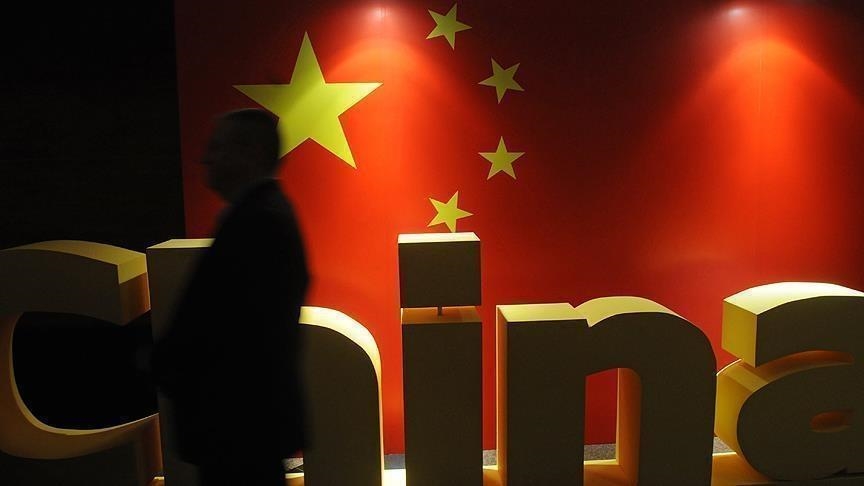China: Xinjiang exports to US on rise despite sanctions
Data shows 113% surge in exports from last year to $64.4M in Q1 of current fiscal year

ANKARA
Despite Washington’s sanctions and a ban on goods from Xinjiang, exports from China's northwestern province to the US have increased in the first quarter of the current fiscal year, according to data released by China’s customs agency.
Direct exports from Xinjiang – which makes constant headlines in western media for alleged ethnic erosion of Uyghur Muslims – surged 113% from a year earlier to $64.4 million, daily South China Morning Post reported on Thursday.
This export volume, however, is minuscule in comparison to China's total exports to the US of $119.2 billion over the same period.
Data released last week by China’s National Bureau of Statistics showed the country’s economy posted a record growth of 18.3% in the first quarter of this year.
China’s gross domestic product grew 18.3% powered by “strong domestic and foreign demand” during which exports from Xinjiang to the US also more than doubled.
The region’s overall exports rose 33.75%. More than half of the shipments drove into Kazakhstan with which Xinjiang shares borders.
But imports into the region dropped by 33%. Kazakhstan saw a 40% decrease in exports to Xinjiang, a major energy supplier to the region.
China's alleged erosion of the religious, cultural, and human rights of over one million ethnic Uyghur Muslims in Xinjiang over the last decade has enraged western countries, prompting sanctions against Chinese officials and firms.
In the recent past, a campaign was launched to boycott companies that export cotton grown in the province where officials are accused of putting Uyghurs into concentration camps which China defines as re-education and training centers. Beijing vehemently denies rights violations of its citizens.
Last year, several Chinese firms based in Xinjiang also came under US sanctions. Similarly, the UK, Canada, and the EU have sanctioned Chinese officials for their role in alleged human rights violations inflicted on Uyghurs.
Price matters
The overall rise in China’s exports showed its comeback in supply chains as the global economy is still battling the COVID-19 pandemic.
Xinjiang’s export data also showed a 46.5% increase over the first quarter of last year.
"American businesses and consumers, hard hit by a mismanaged domestic pandemic response, are more concerned … are more conscious about cost than a source," Einar Tangen, a Beijing-based policy analyst, told Anadolu Agency when asked how this trend was happening.
Chemical ingredients commonly used in cancer drugs and industrial goods were among the Xinjiang exports, but there were no big-ticket items. Cotton was missing from the list.
Nick Marro, a global trade lead at the Economist Intelligence Unit, told the South China Morning Post that the rise in small-level trade “emphasizes the challenges faced in ridding supply chains of goods originating in Xinjiang.”
“It at least demonstrates that, as tensions mount over Xinjiang, and if trade restrictions multiply, it’ll be a painful process for a lot of US-based customers to meaningfully ‘de-Xinjiangise’ their supply chains,” Marro said.
Anadolu Agency website contains only a portion of the news stories offered to subscribers in the AA News Broadcasting System (HAS), and in summarized form. Please contact us for subscription options.







